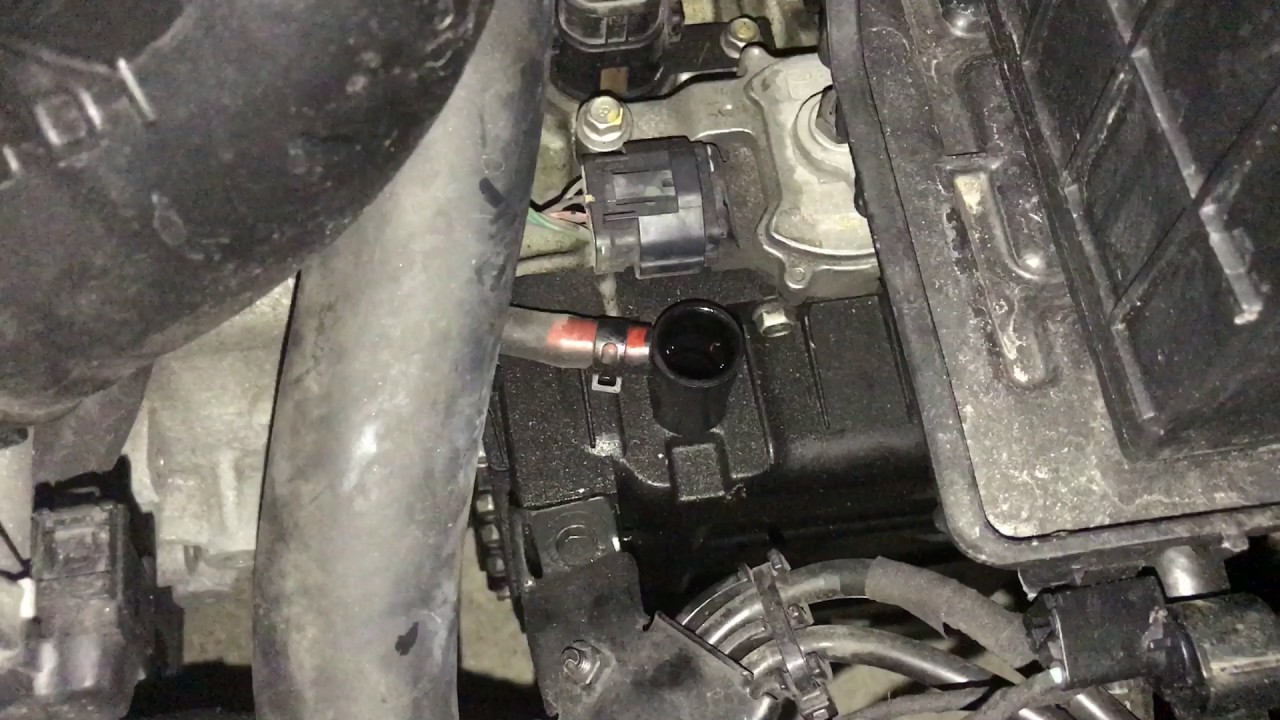Transmission Fluid For 2013 Hyundai Sonata

Ah, the 2013 Hyundai Sonata. A mid-size sedan that carved its own niche with its sleek styling and value proposition. But even a reliably built car like the Sonata needs proper maintenance, and one of the most crucial aspects is keeping its transmission healthy with the right fluid. But which fluid *is* the right one? That's where things get a little more nuanced, and this guide is here to break it down for you.
Understanding Your 2013 Sonata's Transmission
First, let's establish a baseline. The 2013 Sonata came with two primary engine options, each influencing the transmission type and, consequently, the recommended fluid:
- 2.4L Naturally Aspirated 4-Cylinder (Theta II): Primarily paired with a 6-speed automatic transmission.
- 2.0L Turbocharged 4-Cylinder (Theta II): Also mainly used a 6-speed automatic transmission, though some early models *might* have had minor variations.
While both engines generally used the same transmission family (A6MF1/2), slight internal differences and manufacturer recommendations mean you can't just grab any ATF off the shelf. Let's dive into the recommended fluids and their alternatives.
Recommended Transmission Fluids: OEM and Aftermarket
Hyundai's official recommendation for the 2013 Sonata's 6-speed automatic is typically a fluid meeting the Hyundai/Kia SP-IV (SP4) specification. This fluid is designed to provide optimal friction characteristics and wear protection for the specific components within the A6MF1/2 transmission.
However, sourcing OEM fluids can sometimes be a hassle or more expensive. Thankfully, several aftermarket options meet or exceed the SP-IV specification. Here's a comparative table:
| Fluid Type | Meets Specification | Pros | Cons |
|---|---|---|---|
| Hyundai/Kia SP-IV OEM | Yes | Guaranteed compatibility, optimal performance. | Can be pricier, sometimes harder to find. |
| Valvoline MaxLife Multi-Vehicle ATF | Yes (Meets SP-IV requirements) | Widely available, often more affordable, good overall performance. | Not specifically designed *only* for Hyundai/Kia transmissions, potential for slightly different shift feel. |
| Castrol Transmax Full Synthetic Multi-Vehicle ATF | Yes (Meets SP-IV requirements) | Excellent temperature resistance, good wear protection, readily available. | Similar to Valvoline, it's a multi-vehicle fluid. |
| Amsoil Signature Series Fuel-Efficient Synthetic Automatic Transmission Fluid | Yes (Meets SP-IV requirements) | Premium synthetic, exceptional protection, extended drain intervals. | Highest cost of the options listed. |
Real-World Driving Impressions: Fluid Impact
The type of transmission fluid you use can subtly influence the driving experience. Here's what you might notice:
- OEM SP-IV: Expect smooth, predictable shifts. The transmission should operate as intended, with no noticeable quirks.
- Valvoline/Castrol Multi-Vehicle ATFs: Most drivers report similar performance to the OEM fluid. Some *might* perceive slightly firmer or slightly softer shifts, but these are usually minor differences. In colder climates, a full synthetic like Castrol might offer a slightly smoother experience during initial warm-up.
- Amsoil Signature Series: Enthusiasts often rave about the improved shift quality and responsiveness. The transmission may feel more eager to downshift and provide a more connected feel. However, the higher cost might not justify the benefits for all drivers.
Important Considerations: Drain and Fill vs. Flush
When changing your transmission fluid, you have two main options: a drain and fill or a full flush.
- Drain and Fill: This involves removing the drain plug (if equipped) or the transmission pan, allowing a portion of the old fluid to drain out. You then refill with fresh fluid. This is a simpler and less invasive process, but it only replaces a fraction of the total fluid (usually around 40-50%). It's recommended to do multiple drain and fills over time to gradually replace most of the old fluid.
- Flush: A flush uses a machine to circulate new fluid through the entire transmission, effectively replacing all the old fluid. While this provides a more complete fluid change, it can potentially dislodge debris and cause issues in older, higher-mileage transmissions. It's a riskier procedure and should only be performed by a qualified technician. *Consult with a trusted mechanic* before opting for a flush, especially if your Sonata has over 100,000 miles and hasn't had regular transmission service.
Key Takeaways & Recommendations
- Stick to SP-IV Specification: Regardless of the brand, ensure the fluid meets the Hyundai/Kia SP-IV specification.
- Consider Your Driving Style: If you drive aggressively or frequently tow, a full synthetic fluid like Amsoil might be worth the investment.
- Regular Maintenance is Key: Change your transmission fluid according to Hyundai's recommended intervals (typically every 60,000-100,000 miles, but consult your owner's manual).
- Don't Neglect the Filter: If you drop the transmission pan for a drain and fill, consider replacing the transmission filter as well.
Choosing the right transmission fluid for your 2013 Hyundai Sonata is a crucial step in ensuring its long-term reliability and performance. By understanding the options available and considering your driving habits, you can make an informed decision that keeps your Sonata shifting smoothly for years to come.
One final thought: Some owners swear by adding a bottle of friction modifier to their aftermarket fluid, claiming it improves shift quality even further. Others vehemently oppose it, arguing that it can disrupt the transmission's delicate balance. What's your take – is friction modifier a helpful additive or a recipe for disaster? Let the debate begin!
